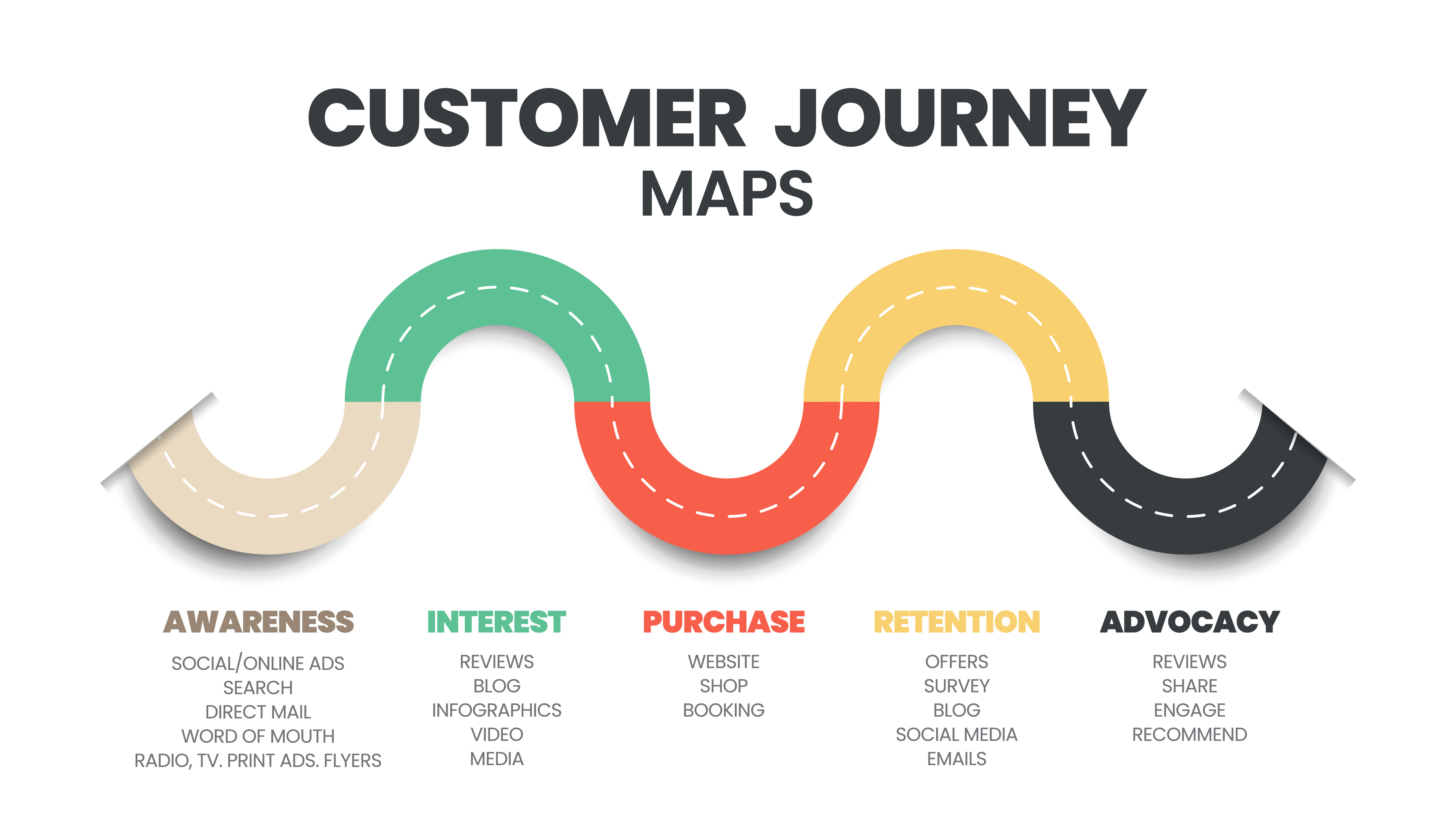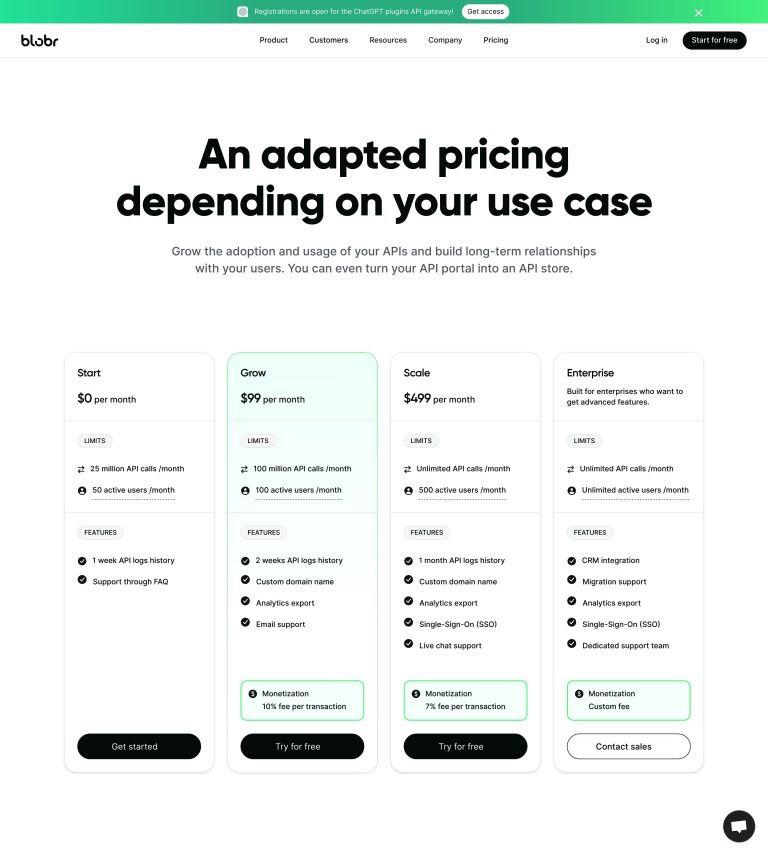
Introduction
In the ever-evolving world of e-commerce and retail, businesses are constantly seeking ways to maximize revenue while enhancing customer satisfaction. One of the most effective strategies for achieving this is cross-sell recommendations—a practice that suggests related products or services to customers based on their current purchase or browsing behavior.
Cross-selling isn’t just about increasing sales; it’s about creating a more personalized and valuable shopping experience. By understanding customer preferences, purchase history, and behavior patterns, businesses can make tailored suggestions that feel natural and helpful rather than pushy.
This article explores how cross-sell recommendations work, why they matter in today’s competitive market, and how you can implement them effectively to boost both sales and customer loyalty. Whether you’re a small business owner or a digital marketer, this guide will give you actionable insights to take your sales strategy to the next level.
What Is Cross-Sell Recommendations and Why It Matters
Cross-sell recommendations are a marketing strategy where businesses suggest complementary products or services to customers who are already in the process of making a purchase. Unlike upselling, which encourages customers to buy a more expensive version of what they’re considering, cross-selling focuses on adding value by offering items that enhance or complete the original purchase.
For example, if a customer buys a smartphone, a cross-sell recommendation might be a protective case, screen protector, or wireless earbuds. These are not just additional purchases—they are items that help the customer get the most out of their initial purchase.
Why Cross-Sell Recommendations Matter
- Increased Average Order Value (AOV): By suggesting related products, businesses can significantly increase the total value of each transaction.
- Enhanced Customer Experience: Customers appreciate when businesses understand their needs and offer relevant solutions.
- Improved Customer Retention: Personalized recommendations build trust and encourage repeat purchases.
- Data-Driven Insights: Cross-sell recommendations rely on customer data, which helps businesses refine their strategies and better serve their audience.
According to industry research, companies that implement effective cross-selling strategies see an average increase in revenue of 20%–40%. This makes cross-sell recommendations a powerful tool for any business looking to grow sustainably.
How Cross-Sell Recommendations Impact Sales and Customer Satisfaction
Cross-sell recommendations have a direct impact on both sales performance and customer satisfaction. Here’s how:
1. Boosts Revenue Without Extra Effort
By leveraging existing customer data, businesses can recommend products that align with a customer’s interests without requiring significant additional marketing spend. This leads to higher conversion rates and increased profitability.
2. Enhances the Shopping Experience
Customers don’t want to feel like they’re being sold to. When recommendations are made in a thoughtful and relevant way, it creates a seamless and enjoyable shopping journey.
3. Encourages Repeat Purchases
When customers receive personalized and helpful suggestions, they’re more likely to return to the same brand. This builds long-term loyalty and increases customer lifetime value.
4. Supports Data-Driven Marketing
Cross-sell recommendations are built on insights from customer behavior, purchase history, and browsing patterns. This allows businesses to refine their targeting and improve overall marketing effectiveness.
Step-by-Step Implementation Framework
Implementing cross-sell recommendations requires a strategic approach. Follow this step-by-step framework to start seeing results:
1. Define or Audit the Current Situation
- Analyze Customer Data: Use CRM systems, website analytics, and purchase history to identify patterns and preferences.
- Identify Cross-Sell Opportunities: Look at common product combinations or frequently purchased items together.
- Review Existing Strategies: Assess what’s working and what needs improvement.
2. Apply Tools, Methods, or Tactics
- Use AI-Powered Recommendations: Tools like Amazon’s recommendation engine or custom algorithms can suggest products based on user behavior.
- Leverage Behavioral Data: Track how customers interact with your site or app to determine what they might need next.
- Create Product Bundles: Combine complementary products into packages that offer added value.
3. Measure, Analyze, and Optimize
- Track Conversion Rates: Monitor how many customers accept your cross-sell recommendations.
- A/B Test Different Approaches: Experiment with different wording, placement, and timing to find what works best.
- Refine Based on Feedback: Use customer feedback and performance metrics to continuously improve your strategy.
Real or Hypothetical Case Study
Let’s look at a hypothetical example of how cross-sell recommendations can drive growth:
Company: A mid-sized electronics retailer
Goal: Increase average order value by 25%
Strategy: Implement cross-sell recommendations on product pages and during checkout
Implementation:
– Added “Customers Also Bought” and “Frequently Bought Together” sections on product pages.
– Used AI-driven tools to suggest accessories like phone cases, chargers, and screen protectors.
– Offered bundled discounts on popular combinations.
Results:
– Average order value increased by 32%.
– Customer satisfaction scores rose by 18%.
– Repeat purchase rate improved by 20%.
This case study shows how even a small change in recommendation strategy can lead to significant improvements in sales and customer engagement.
Tools and Techniques for Cross-Sell Recommendations
To effectively implement cross-sell recommendations, consider using these modern tools and techniques:
- CRM Integration – Tools like Salesforce or HubSpot allow you to track customer interactions and make personalized recommendations.
- AI Recommendation Engines – Platforms like Amazon Personalize or Adobe Sensei use machine learning to suggest products based on user behavior.
- Behavioral Analytics Tools – Tools like Hotjar or Mixpanel help you understand how customers interact with your site and what they might need next.
- Email Marketing Automation – Services like Mailchimp or Klaviyo can send targeted follow-up emails with cross-sell suggestions.
- Product Bundling Software – Platforms like Shopify or WooCommerce allow you to create and promote product bundles.
- Live Chat and Chatbots – Tools like Intercom or Drift can provide real-time cross-sell suggestions during customer interactions.
Future Trends and AI Implications
As technology continues to evolve, cross-sell recommendations will become even more sophisticated. With the rise of AI and machine learning, businesses will be able to make hyper-personalized recommendations in real time.
Some future trends to watch include:
- Voice Search Optimization: As more customers use voice assistants, cross-sell recommendations will need to be optimized for natural language queries.
- Multimodal Search: AI will begin to understand images, videos, and other media, allowing for more diverse and context-aware recommendations.
- Predictive Analytics: Advanced algorithms will predict what customers need before they even ask, leading to more proactive and effective cross-selling.
To stay ahead, businesses should invest in AI-driven tools and continue refining their data strategies.
Key Takeaways
- Cross-sell recommendations are a powerful way to boost sales and enhance customer satisfaction.
- They rely on customer data to make personalized and relevant suggestions.
- Effective implementation involves auditing current strategies, using the right tools, and continuously measuring and optimizing.
- The future of cross-selling lies in AI, predictive analytics, and real-time personalization.
- By focusing on customer needs and value, businesses can build stronger relationships and drive long-term growth.
Meta Title: Cross-Sell Recommendations — Suggests related products or services
Meta Description: Learn how to use cross-sell recommendations to boost sales, improve customer satisfaction, and increase average order value.
SEO Tags (5): cross-sell recommendations, upsell strategies, customer retention, e-commerce growth, personalized marketing
Internal Link Suggestions:
– [Parameter #1: Search Intent Alignment]
– [Parameter #7: Semantic Keyword Mapping]
– [Parameter #13: Evergreen & Fresh Balance]
External Source Suggestions:
– https://www.salesforce.com
– https://www.hubspot.com
– https://www.shopify.com









